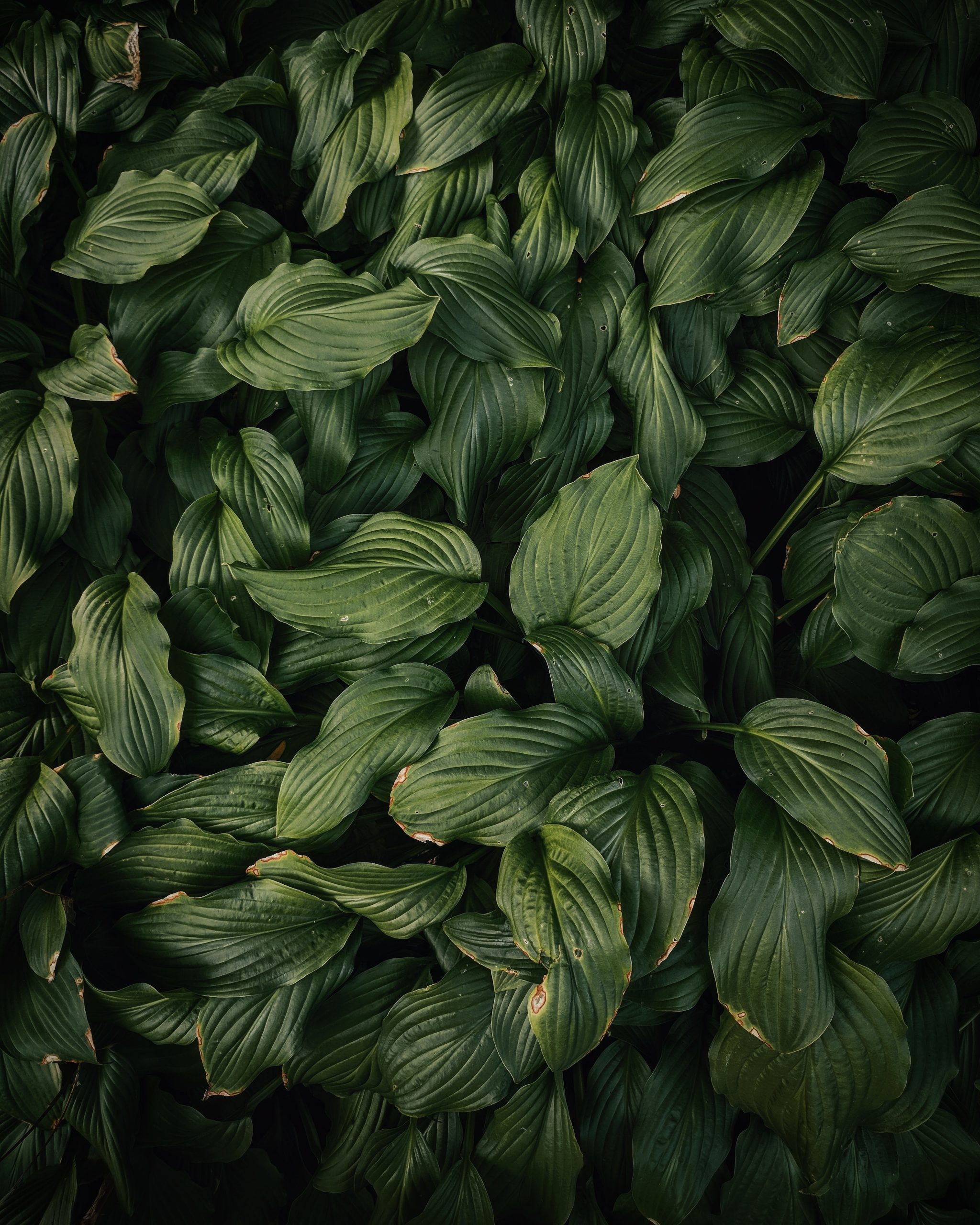Carnivorous plants are a fascinating group of organisms that have evolved unique adaptations to survive in nutrient-poor environments. These plants have developed the ability to capture and digest insects and other small animals to supplement their diet. In this article, we will explore the diversity of carnivorous plants and their unique adaptations.
Introduction to Carnivorous Plants
Carnivorous plants are found in a variety of habitats, including bogs, swamps, and nutrient-poor soils. These plants have evolved the ability to capture and digest insects and other small animals to supplement their diet. The most common types of carnivorous plants include the Venus flytrap, pitcher plants, sundews, and bladderworts.
Venus Flytrap
The Venus flytrap (Dionaea muscipula) is one of the most well-known carnivorous plants. It is native to the wetlands of the southeastern United States and has evolved a unique mechanism for capturing prey. The leaves of the Venus flytrap are modified into two lobes that are hinged together. When an insect lands on the leaves and triggers the sensory hairs, the lobes snap shut, trapping the insect inside. The plant then secretes digestive enzymes to break down the insect and absorb its nutrients.
Pitcher Plants
Pitcher plants (Sarracenia spp.) are another group of carnivorous plants that are native to North America. These plants have modified leaves that form a deep, tubular structure that is filled with digestive enzymes. Insects are attracted to the plant by its bright colors and sweet nectar. Once inside the pitcher, the insect becomes trapped and is digested by the plant’s enzymes.
Sundews
Sundews (Drosera spp.) are a group of carnivorous plants that are found in temperate and tropical regions around the world. These plants have leaves that are covered in sticky, glandular hairs that trap insects. Once an insect is caught, the plant’s leaves curl around it, and digestive enzymes are secreted to break down the insect.
Bladderworts
Bladderworts (Utricularia spp.) are a group of carnivorous plants that are found in aquatic environments. These plants have small, bladder-like structures that are used to capture and digest small aquatic animals, such as water fleas and mosquito larvae. The bladderworts use a suction mechanism to capture their prey, which is then digested by the plant’s enzymes.
Unique Adaptations of Carnivorous Plants
Carnivorous plants have evolved a variety of unique adaptations to survive in nutrient-poor environments. These adaptations include modified leaves, specialized digestive enzymes, and unique mechanisms for capturing prey.
One of the most unique adaptations of carnivorous plants is their ability to capture and digest insects and other small animals. This adaptation allows these plants to supplement their diet with nutrients that are not available in their environment.
Another adaptation of carnivorous plants is their modified leaves. The leaves of these plants have evolved to form specialized structures, such as the deep, tubular structure of pitcher plants and the sticky, glandular hairs of sundews.
Carnivorous plants also have specialized digestive enzymes that are used to break down the insects and other small animals that they capture. These enzymes are different from those found in non-carnivorous plants and are specifically adapted to digest animal tissue.
Conclusion
Carnivorous plants are a fascinating group of organisms that have evolved unique adaptations to survive in nutrient-poor environments. These plants have developed the ability to capture and digest insects and other small animals to supplement their diet. The most common types of carnivorous plants include the Venus flytrap, pitcher plants, sundews, and bladderworts. These plants have evolved a variety of unique adaptations, including modified leaves, specialized digestive enzymes, and unique mechanisms for capturing prey.









